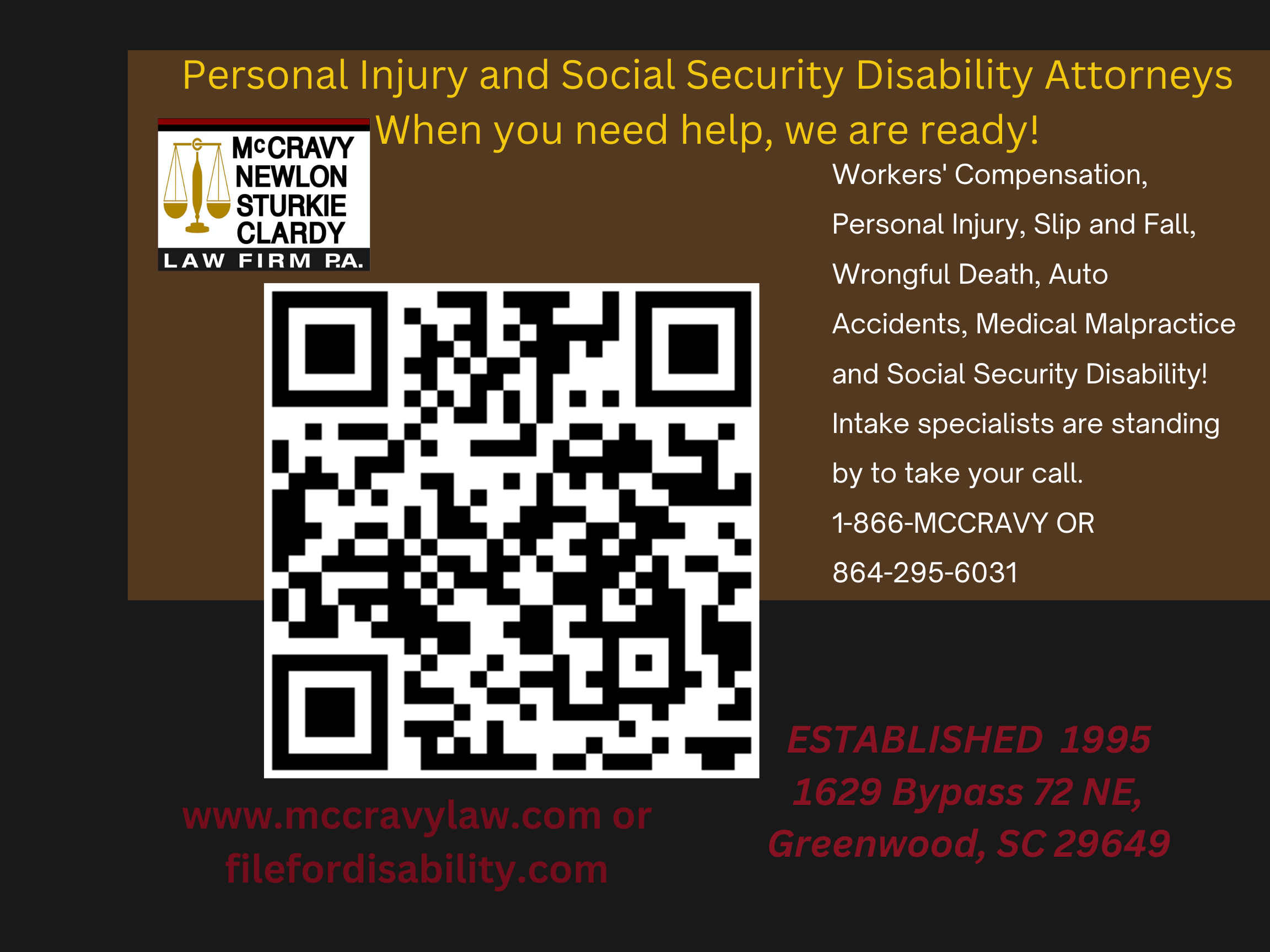This Weeks Healthy SC Challenge Tips
October 12, 2007COLUMBIA, SC – October 12, 2007 – October is National Breast Cancer Month.
Here are 10 Steps that may decrease your cancer risk.
by Dr. Ann Kulze- Just Wellness, LLC
www.dranns10steps.com
1. Maintain a healthy body weight throughout your life.
. Being overweight/obese increases the risk of post-menopausal breast cancer.
. Additionally, gaining weight in adulthood, regardless of actual body weight, can increase the risk of breast cancer.
2. Minimize or avoid alcohol.
. Alcohol use is the most well established, dietary risk factor for breast cancer.
. Many studies have shown increasing alcohol intake from one to two drinks a day increases the risk of breast cancer by 25-30%!
. There is a direct dose-response relationship. Binge drinking (5 or more drinks in one period of time) is especially risky.
. Taking 400 mcg of folic acid (as found in a multivitamin) daily has been shown to mitigate this risk.
3. Consume as many fruits and veggies as possible. Aim for 7 or more servings (about 4 cups) a day.
. The superstar vegetables for breast cancer protection – all cruciferous (broccoli, cabbage, brussel sprouts, cauliflower, and watercress), dark leafy greens (collards, kale, spinach), carrots and tomatoes.
. Note: it is best to eat cruciferous vegetables raw or lightly cooked, as some of the phytochemicals believed to offer protection against breast cancer are destroyed by heat.
. The superstar fruits for breast cancer protection – all citrus, all berries, cherries, red grapes.
4. Exercise regularly the rest of your life.
. Many studies have shown that regular exercise provides significant protection against breast cancer. (Regular exercise can reduce blood insulin levels and body fat, both associated with increased breast cancer
risk.)
. Strive for 30 minutes or more of moderate aerobic activity (brisk walking)
5 or more days a week. Consistency and duration, not intensity, are key!
5. Do your fats right! The type of fat in your diet may effect your breast cancer risk.
. Minimize consumption of saturated fats (fatty cuts of red meat, whole dairy products, butter).
. Strictly avoid trans fats (stick margarine, shortening, processed food
containing hydrogenated or partially hydrogenated oils).
. Minimize consumption of omega 6 fats (safflower, sunflower, soybean, and corn oils).
. Maximize your intake of omega 3 fats (oily fish, canola oil, soy beans, flaxseed, omega 3 fortified eggs, walnuts, and dark leafy greens).
. Consume the monounsaturated fats (canola oil, extra virgin olive oil, avocados, nuts/seeds) as your main fats. Olive oil is especially breast healthy.
6. Do your carbs right!
. Minimize the highly processed, high glycemic carbs, A.K.A. the Great White Hazards- white flour products, white rice, white potatoes, and sugar.
. These carbs trigger hormonal changes that may promote cellular growth in breast tissues.
. Replace the Great White Hazards with 100% whole grain products and beans. These high fiber, nutrient dense carbs provide protection from many different forms of cancer. Beans are especially beneficial for breast health.
7. Enjoy whole soy foods regularly – strive for several servings a week.
. Tofu, tempeh, soy milk, roasted soy nuts, edamame and miso.
. Whole soy foods contain phytoestrogens (isoflavones) that are felt to protect breast tissue from the carcinogenic effects of excessive biologic estrogens.
** (Active breast cancer patients and survivors should talk with their physicians before consuming large amounts of soy foods).
8. Minimize exposure to prescription estrogens.
. Do not take prescription estrogens unless medically indicated.
. Lifetime exposure to estrogen plays a fundamental role in the development of breast cancer.
9. Minimize exposure to xenoestrogens (estrogen-like environmental contaminants).
. These include environmental pollutants, such as pesticides and industrial chemicals like dioxins.
. Buy organic produce if your budget permits; otherwise, thoroughly wash all non-organic produce and minimize exposure from non-organic dairy products, meats and poultry.
. Do not freeze water in plastic containers or heat foods in the microwave in plastic containers or with plastic wraps like Saran (dioxins can enter water/foods in this manner).
10. Be sure to get adequate vitamin D and folate (folic acid).
. Both play a critical role in breast cancer protection and deficiencies are common place.
. Dark leafy greens, beans, lentils, cruciferous veggies (see above) oranges, asparagus and avocados are excellent sources of folate.
. The best source of vitamin D is natural sunlight exposure. As little as 5-10 minutes of sun exposure 2-3 times per week without sunscreen is adequate in latitudes below Atlanta, GA. Oily fish and vitamin D fortified foods (dairy products, cereals, orange juice) can also contribute.
. As a safety net, be sure to take a daily multivitamin that contains 400 mcg of folate and 400 IU of vitamin D.
-#####-
The Healthy SC Challenge is an outcome-based, cooperative effort aimed at encouraging individuals, communities and organizations across the state to show shared responsibility in developing innovative ways to improve the health of South Carolina’s citizens. For more information about the Healthy SC Challenge, please visit www.healthysc.gov, or call 803-737-4772.














